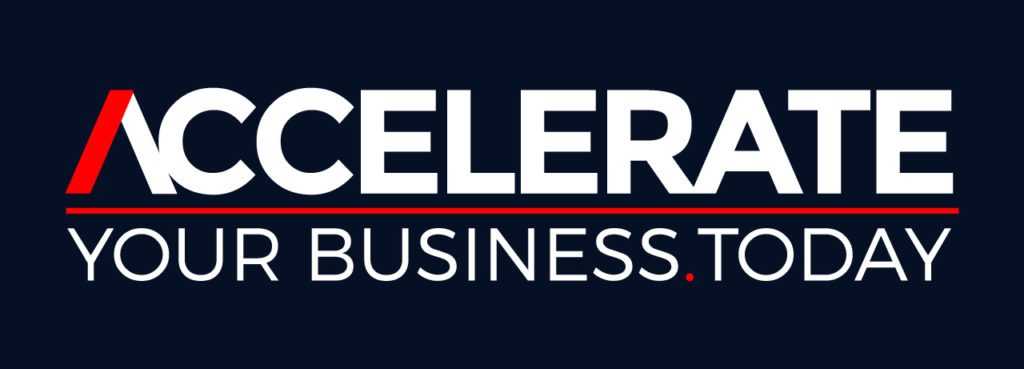A current project in the retail furniture and bedding industry gives an insight into the broader issues facing retail today.
Furniture | bedding retailers have gone through a once-in-a-lifetime boom. Shopping for home improvements during covid: home furnishings were among the best business performers.
They gained significant profitability, margins and very high return on assets managed – boom times.
The stock was difficult to come by – average container freight costs grew 14x. Supply delays on orders from overseas grew by 6x. As long as your customer waits, they will finally get their furniture.
Now the other side of the boom is the inevitable slowdown. Freight costs and supply times are back to normal finding enough customers to sell more is the new normal.
The other big problem for many retailers is scaling and winning their social media management. 99% of their potential customers are on social media channels – the problem for most retailers – they are almost invisible online.
The ongoing problems are in-house or some outsourced teams – which are generally exceptionally high costs per post. We see costs per post range from $50 to $400. We at Accelerate are significantly lower than $50 per post, including free video and content generation.
When discussing with retail clients the next quarter’s campaigns, strategy and tactics, we will start with a range of ways to capture more attention and engagement to sell more now.
Campaign Ideas Checklist
- Influencer Partnerships: Leverage the influence of famous and micro-influencers to gain attention and credibility, maximising engagement whilst working with limited budgets.
- Content Generation and Marketing The furniture and bedding industry is visual. The formula is simple – be seen by more people in the market now with videos and content that is highly appealing. The twin aims are to educate and entertain your target audience.
- Social Media Organic Management and Paid Advertising: create a range of well-crafted advertising campaigns. Our discussions start with a review of the top 1% of the best-performing campaigns in their industry over the previous 90 days by country. Even with limited budgets knowing what works first – saves money and time.
- Email Marketing: Retailers often have significant first-party databases. They are building email campaigns – with personalised, relevant messages to nurture leads and drive conversions – work.
- Search Engine Optimisation (SEO) Optimising clients’ websites and improving their content to improve organic search rankings, driving free, high-quality traffic increases Google’s visibility in search results and attracts potential new customers ready to buy without additional paid advertising costs.
- Collaborative Partnerships: Forming alliances with complementary businesses or professionals to cross-promote each other’s products and services – provides new growth accelerators. Partnering with like-minded businesses often leads to shared audiences and increased attention and engagement.
- Referral Program: Implementing a referral program that rewards existing customers and influencers for referring new customers to a retailer can be a cost-effective growth accelerator. It encourages word-of-mouth marketing by offering incentives, which can be a cost-effective way to acquire new customers.
- Online Paid Advertising Utilising targeted online ads, such as Google Ads or display ads – along with digital outdoor display billboards anywhere and everywhere to reach specific audiences and can drive traffic to websites and physical stores.
- Digital Catalogue Marketing: Old world meets new world – retailers traditionally profit from physical catalogues dropped into mailboxes. Now some retailers gain high ROI from digital catalogues.
The list goes on – but it gives you a good idea of the starting point for strategic discussions. Does your business plan ahead – with campaigns, events and promotions?
Another impact on furniture and bedding retailers is their physical location (if they are traditional retailers).
- Size of Market: Their growth depends on breaking free of their geographical location(s) and the local economic conditions with social media management.
- Marketing Budget: As a general rule – more budget – more attention, and engagement to sell more are the name of the digital game.
- Products and Services: the smaller the retail shop space, the more likely the retailer will be a commodity retailer. Differentiating and winning more market share becomes more challenging.
- Pricing Strategy: Furniture and Bedroom retailers rarely are price setters – they are often price takers. Copies of copies characterise the industry – great sellers get copied fast – establishing a lead on margin takes much work to maintain. There is the opportunity to offer tiered pricing packages to make a difference in retail volumes.
Your Checklist.
- Social Media Organic Management – provides an enormous opportunity at a meagre cost to promote – all you need are industry photos, videos, and client testimonials.
- Calendar of events, promotions and campaigns that dovetails with social media and paid advertising.
- Content Creation and Curation: Creating visually appealing content, including high-quality images, videos, digital catalogues, digital billboards, local area marketing and informative blog posts.
- Viral Sweepstakes and Referral Campaigns: Create viral sweepstakes that capture new customer leads and generate new revenue.
- Reporting and Analytics: Comprehensive reports on the business outcomes of the implemented strategies will demonstrate the effectiveness of various campaigns – with a checklist of what worked and could be done better – ensuring continuous learning and improvement.
Has your business approached improving its demand generation with success? Let’s mention other steps that work well for your business in a future newsletter to help other businesses – let me know!
Regards
David
